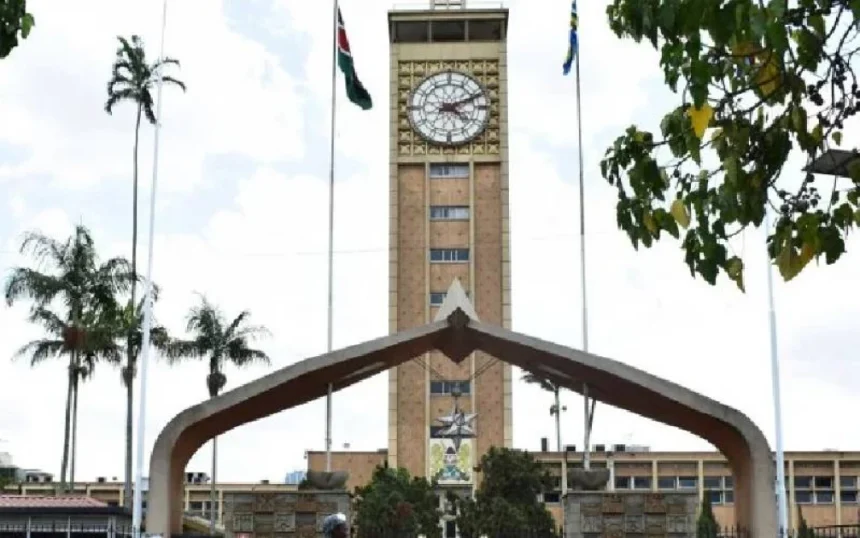Kenya is at a defining crossroads in its democratic journey. For decades, we’ve poured our hopes into the ballot box — changing leaders every election cycle with the belief that the next government would deliver better governance, uphold integrity, and prioritize the common good.
Yet with each new administration, the cycle of disappointment persists. Our national obsession with personalities has blinded us to a deeper truth: the problem isn’t just the leaders we choose — it’s the system they inherit.
The Real Issue: A Broken Architecture
Kenya’s current political and administrative structure is bloated, duplicative, and financially unsustainable. At both national and county levels, we’ve built a government so expensive that it gobbles up public resources just to sustain itself — leaving little for roads, schools, hospitals, or jobs.
From Parliament to the counties, from commissions to parastatals, the sheer number of public offices has created layers of bureaucracy and confusion. Worse still, this structure has become a breeding ground for inefficiency and corruption.
It’s no longer just about who sits in office. It’s about how those offices are structured — and why they exist in the first place.
What Kenya Needs: Systemic Overhaul, Not Cosmetic Change
We need to urgently shift our national focus from changing faces to reforming frameworks. This calls for an honest, people-driven dialogue around the following core areas:
1. Shrinking Government, Not Services
We must confront the hard truth: Kenya’s government is too big to function effectively. It’s time to streamline ministries, reduce the number of parastatals, and reassess the current structure of counties and wards. A leaner, more efficient government can deliver more — with less cost to the taxpayer.
2. Fewer Politicians, Better Representation
With over 1,800 elected officials — MPs, Senators, Governors, Woman Representatives, and MCAs — Kenya suffers from quantity over quality. Many roles overlap or contradict, creating tension rather than synergy. We need constitutional reforms that consolidate responsibilities and cut unnecessary positions. Representation should be about service, not redundancy.
3. Fight Corruption by Fixing the System
Corruption is not just the result of greedy individuals; it thrives because of weak institutions. To end it, we must empower oversight bodies like the Judiciary, the EACC, the Auditor-General, and the Controller of Budget. These institutions need autonomy — financial, legal, and political — to hold power accountable without fear or favor.
4. Beyond the Ballot: Year-Round Civic Engagement
Democracy should not be a five-year ritual. Kenyans — especially the youth — must have continuous platforms to engage with policy, monitor projects, and demand accountability. Institutionalized public participation mechanisms at all levels of government will make governance a two-way conversation, not a distant monologue.
The Constitution Must Evolve
The 2010 Constitution was a milestone. It brought devolution, transparency, and a Bill of Rights. But it also exposed flaws — overlapping roles, unchecked spending, and a hyper-politicized structure. Kenya
now needs a second liberation — not from colonialism or autocracy, but from over-governance and structural inefficiency. This change must not be engineered by political elites behind closed doors. It must be driven by the people. Civil society, professional bodies, religious institutions, and citizens must shape a constitutional overhaul that secures Kenya’s future.
The Youth: Architects of the New Kenya
Kenya’s youth are no longer silent. From social media campaigns to civic protests, young people are asserting their voices — demanding justice, fairness, and reform. This energy must be harnessed, not ignored.
Let’s channel it into civic education, legislative advocacy, and grassroots mobilization. Let’s turn online outrage into organized action. The youth must not only demand change — they must lead it.
The Time Is Now
Kenya can no longer afford to shuffle political cards in a broken deck. The rising cost of living, ballooning public debt, tax revolts, and recurring scandals are not isolated problems. They are symptoms of a
deeper design failure.
We must now choose: continue patching a broken system, or dare to build a new one. We must move from changing leaders to changing the system. From chasing quick wins to securing lasting reform.
This is not a political luxury. It is a national necessity — and our best hope for survival.
Let the national conversation begin. Let it begin with us.



